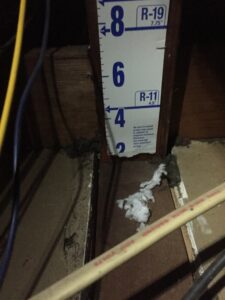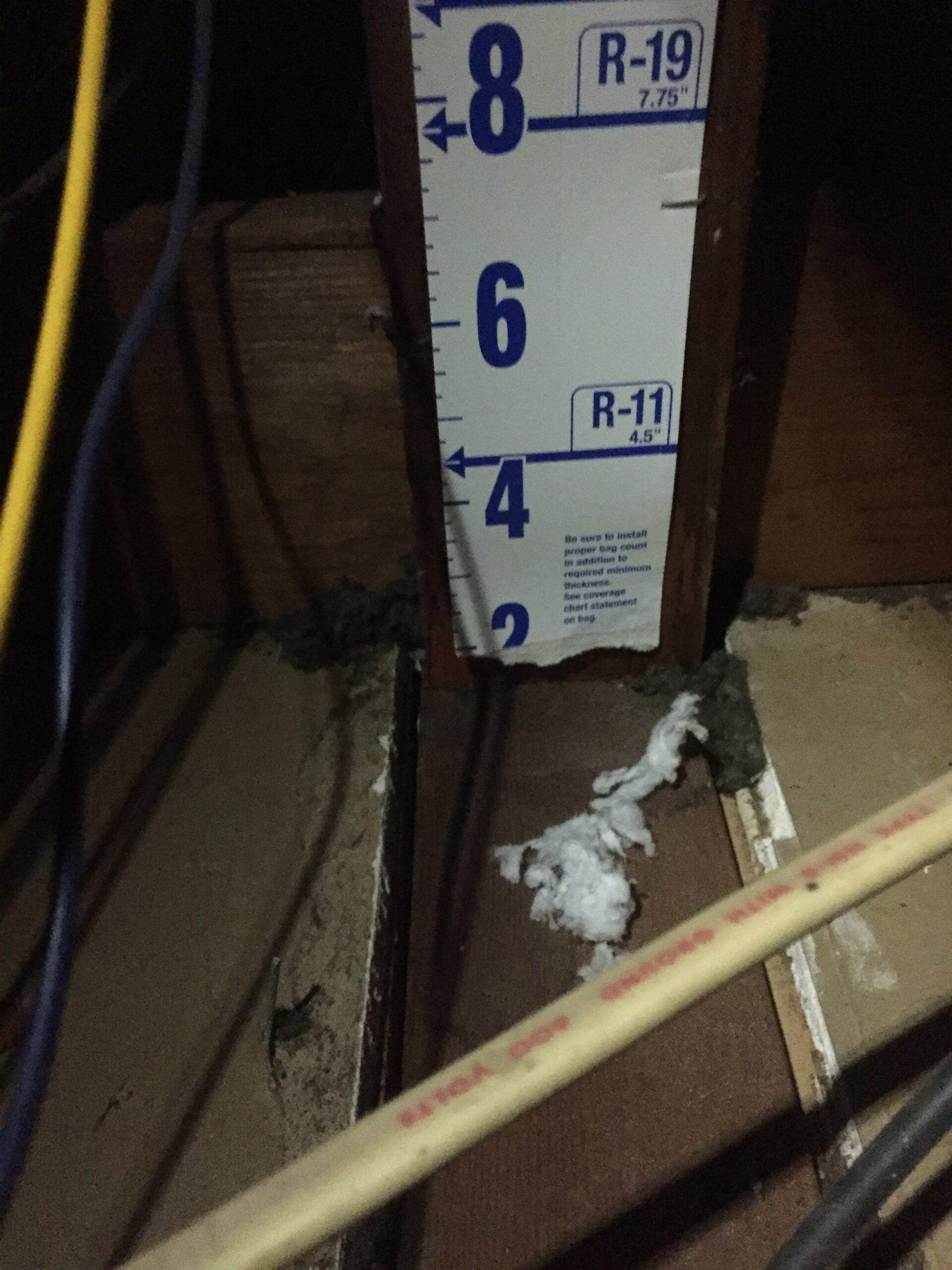It is well known to us that insulation is a very important addition to a home if you intend to condition the home with an air conditioner and/or furnace. In this blog, I would like to discus a few important steps to ensure that your home is, not only, insulated correctly, but also sealed and designed correctly.
Utility companies commonly incentivize the insulation of a home and insulation contractors jump all over the opportunity to make a quick buck by taking advantage of these incentives by raising the R-Value of an attic. In many cases, we find that even though the utility company incentivized the job the insulation job has, ultimately, cost the homeowner thousands of dollars in added energy costs and HVAC breakdowns over the course of the next 20-30 years and sometimes less than 20 years. You see, insulation, though very important, is what we like to call “The Icing On The Cake”. This means that certain standards must be met prior to installing attic insulation.
The IECC Code Book sets the standards for sealing a home. The home must be constructed so that the Air Changes per Hour of a home under a 50 Pascal Blower Door Test must be 3-5 Air Changes per Hour 50 (Under a 50 Pascal Blower Door Test) There are many areas of leakage found within homes and the most important areas of leakage to address are found in the attic space of the home. To see more recommended areas of leakage to address Click Here. The last thing we want to do is cover up these areas of leakage with fiberglass attic insulation prior to these areas of leakage being repaired. I have, in the past, blown in attic insulation at a homeowner’s request only to be accused of not blowing it in correctly because the home is not comfortable after blowing in insulation. The point is that if your home is not sealed to 3-5 Air Changes per Hour, attic insulation will likely not help you. As a matter of fact, blowing attic insulation over areas of leakage that need to be fixed only obstructs the ability to repair those problems and requires removing all the insulation from the attic to fix areas of leakage in the future. This adds unnecessary expense to a repair that is fairly straight forward and easy to achieve. Not so much with 16 inches of fiberglass in the way. We do energy audits and this energy audit includes a Blower Door Test to establish the condition of the home and the home’s leakage. It also establishes the R-Value of most insulation in the home and on the ducts as well as the leakage rate of the duct system. To learn more about our BPI Certified Energy Audits Click Here.
The IECC Code Book sets the standards for duct leakage within a home as well. The home must have a duct leakage rate of less than or equal to 4 CFM duct leakage per 100 square foot of living space under a 25 Pascal duct blast. The last thing you want to do is to cover up ducts that are in need of being sealed with fiberglass or cellulose insulation. I will never forget the homeowner that owned a 1970s build home that was 2284 square foot. He took up an insulation contractor to have AEP/PSO incentivized insulation blown into his attic. Unfortunately, in this case, the insulation blown in by the contractor made little to no difference and this led the homeowner to reach out to us to discuss the possibility of installing a new air conditioner. Upon conducting an energy audit and load calculation on the home, we found that the return air duct system in the attic was not sized correctly and had a high level of leakage amounting to nearly 500 CFM25 Total Duct Leakage. If the IECC recommends a duct leakage rate of 4 CFM per 100 square foot of living space and the home is 2284 square foot then that means the duct leakage rate should be 92 CFM25 or less. This home had insulation blown over leaky duct work that was more than 5 times leakier than it should be. Aside from this, the old insulation had bat guano in it. More than 30 years of bat guana was mixed in with the old insulation. Aside from this, after removing all the insulation to fix the ducts, we discovered that the depth gauges used on this project had the bottom 2 inches ripped off so that on the surface, it appeared to be 14 inches, but in reality, the PSO Insulation Contractor at the time only blew in insulation to a total depth of 12 inches. 4 inches of that was 50 year old insulation contaminated with 30 years worth of bat guano. To read about this particular project Click Here.

The ACCA Standards we follow set the standards on sizing duct systems and HVAC systems. If you have never had a load calculation conducted on your home, I highly recommend allowing us to generate a blueprint of how your duct system should be designed and what size all the duct work should be. To learn more about ACCA Load Calculations click here. Upon the completion of a load calculation we can ensure that all duct work being covered by insulation is sized correctly.
In conclusion, it is very important to ensure that if attic insulation is installed, it does not cover up areas of leakage, improperly sized ducts and contaminated insulation to possibly gain a trivial advantage if any. To ensure time and money is not wasted, it is best to properly plan your insulation project by conducting an ACCA Load Calculation and a BPI Energy Audit and addressing all issues that may arise at the conclusion of testing prior to insulating the attic. I hope this blog has opened your eyes to what should be considered prior to insulating your attic. When an ACCA Load Calculation and BPI Energy Audit is conducted and all areas of deficiency are fixed, the repairs usually yield 40%-70% energy savings and sometimes more. To read about another Tulsa Home Repair that yielded these kind of energy savings Click Here. Attic Insulation is very important, but is the last thing that should be done on your home. For this reason, attic insulation is like “The Icing On The Cake”.


